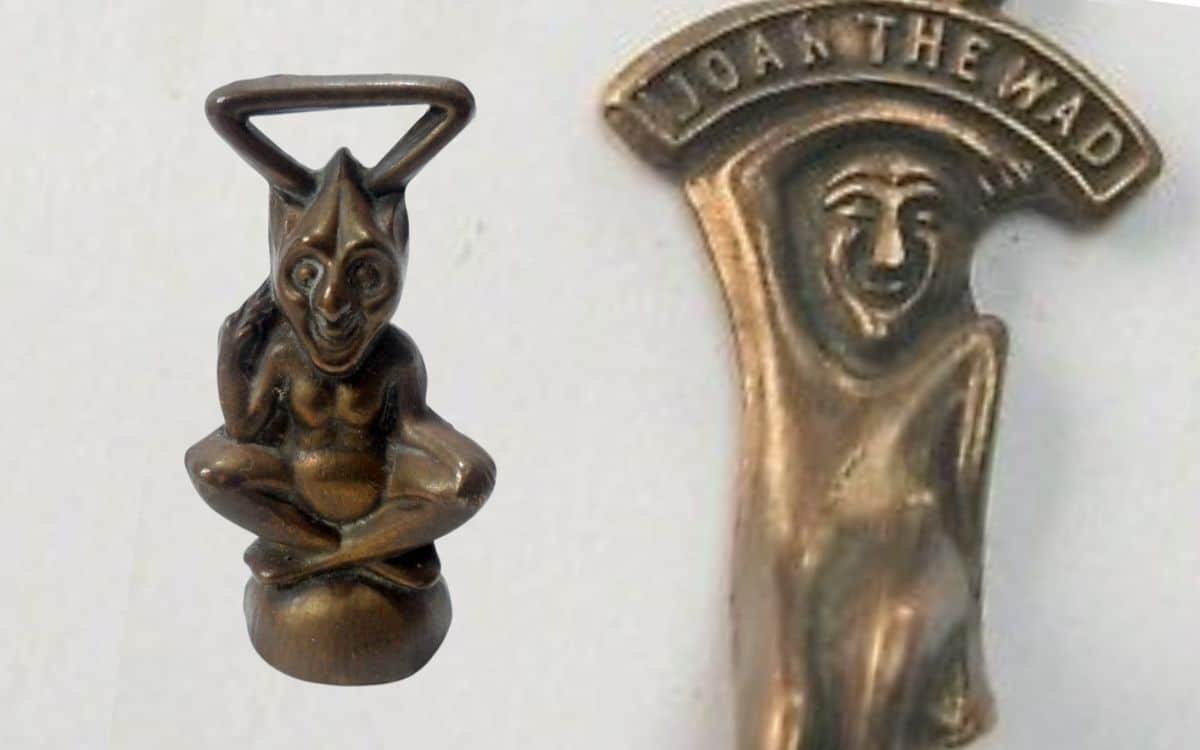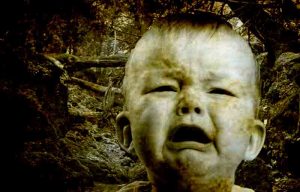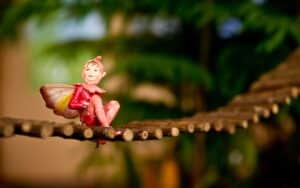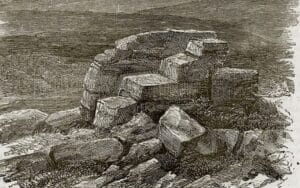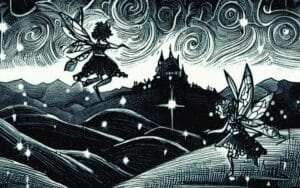Fairy folk live all over England under many different names. Cornish Piskies is the name given to those in Cornwall.
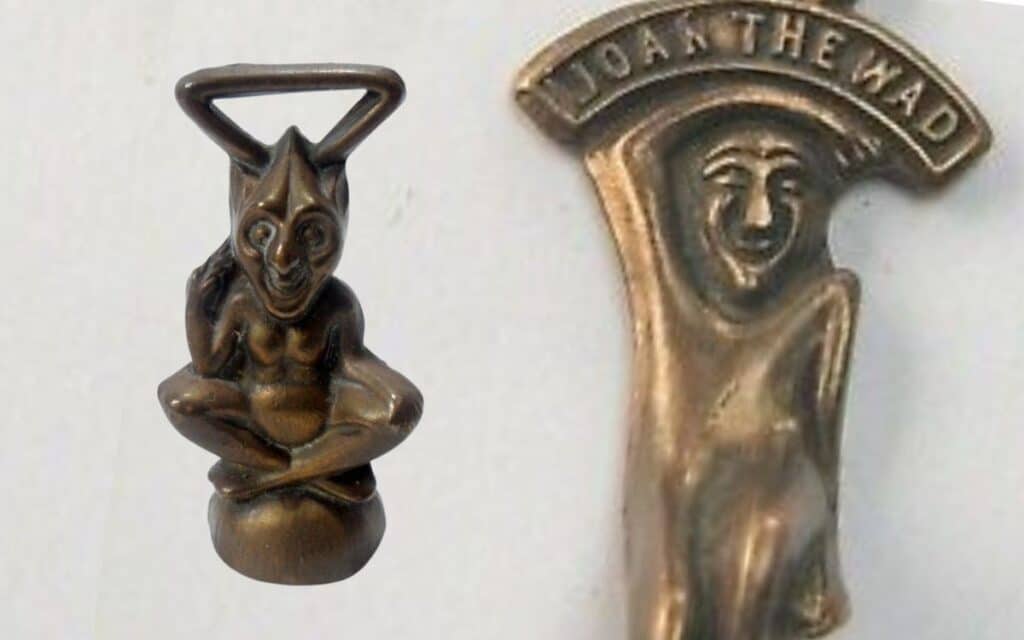
Say hello to the Cornish Piskies
Piskie or pisky is a word for any kind of fairy who lives in Cornwall. These tiny creatures look like old men because their faces are wrinkled, their hair is red, and they are short and small.
Cornish piskies use things like moss, grass, and lichen to make their clothes, and they wear the colours of the earth, especially green.
Just like Brownies, these creatures are friendly, but they’re just as likely to cause trouble should they choose. People who live on the lonely moors of Cornwall say that piskies are both helpful and sneaky. They help the old and sick, but sometimes they send people who are more mobile in the wrong direction.
Piskie Cornwall Myths and Legends
There are many stories about how the Cornish piskies trick travellers into going into the wild moorland, where they get lost and can’t find their way out. Stone circles and barrows, which were both used for ceremonies in the past, were often avoided because of piskies.
Many stories and myths have been made up about where piskies came from (and other fairies). Some people thought they were the ghosts of pagans who died without going to heaven, and others thought they were the remains of gods who were kicked out of paganism when Christianity came along. Folklore says that they will get smaller and smaller until they disappear.
Another idea was that they were the souls of babies who had not been christened. Early priests believed this story, so it is often used to explain where fairies came from.
Tales of Piskies Cornwall
There are many folktales surrounding Cornish piskies.
The first is about a young boy from St Allen, which is four miles north of Truro.
The lad was picking wildflowers in a valley near his home when he went missing. His mother looked for him everywhere, but she couldn’t find him.
People in the area looked for the missing boy for three days before they found him sleeping peacefully in the same spot where his mother said she had seen him last.
The little boy had no idea how much time had passed.
He said that he was picking flowers when he heard a bird singing, and that he had gone into the woods to find out where the beautiful song was coming from. It was suddenly night, and the things in the sky that looked like stars were actually piskies.
After they sang to him until he fell asleep, they took him to a cave full of gems and gave him honey to eat.
He woke up in the valley where he had fallen asleep.
Another story says that 600 Cornish piskies got together at Trevose Head, which is 4 miles west of Padsto in North Cornwall, and started laughing and dancing in a circle on the grass.
This kept happening until a fish named Omfra could no longer laugh.
After looking at the tombs of Cornwall’s ancient kings on St Breock Downs, the fish waded through the unfathomable Dozmary Pool on Bodmin Moor until King Arthur, in the form of a chough, gave him his laugh back.
Joan the Wad, the Queen of the Cornish Piskies
Some people say that Joan the Wad is the queen of the Cornish piskie. “Wad” is the word for a torch or a bundle of straw in East Cornwall. Joan the Wad is often shown without clothes, and both fire and water are linked to her.
People think that Joan the Wad is lucky or that she will bring luck to anyone who meets her. Joan the Wad lucky charms were very popular in the early 1900s because of this, and you can still buy them today. You can see Joan the Wad on door knockers so that she can act as a guardian ghost.
The Museum of Witchcraft in Boscastle has a small group of old Joan the Wad charms that look like the ones people used to carry.
Tell us your thoughts on Piskie Cornwall’s own fairy in the comments section below!

